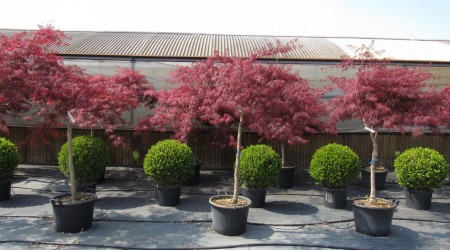
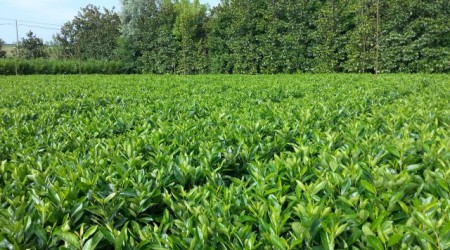
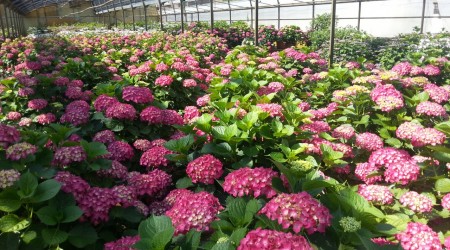
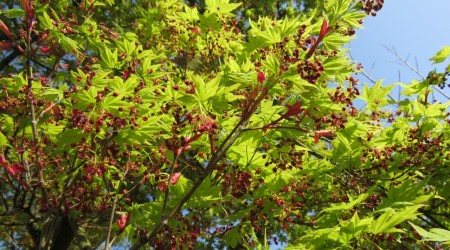
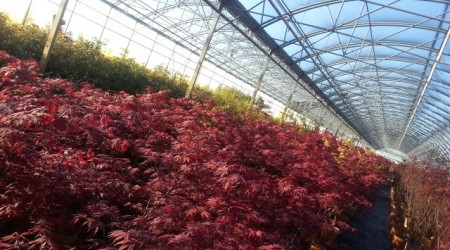
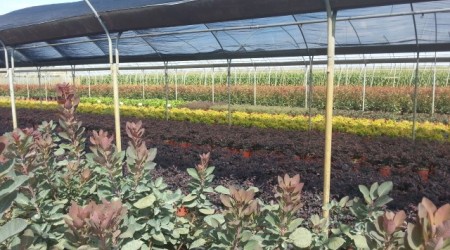
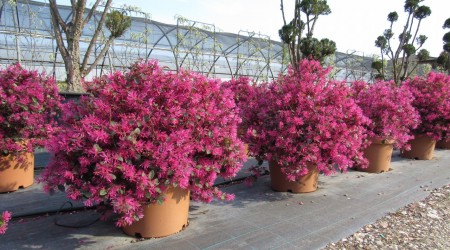
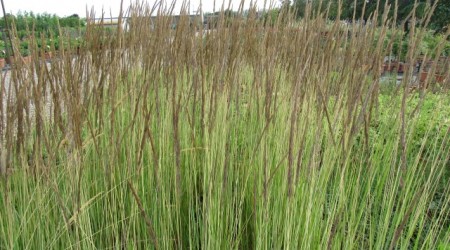
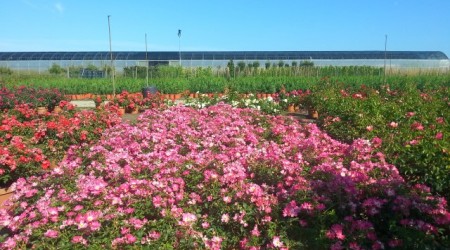
| Production | Container |
| Shape | Bush freeform |
| Family | poaceae |
| Type of plants | Herbaceous perrennials |
| Height | From 0,50 to 0,60 mt (adult) |
| Flower | July - October, browned ears |
| Berrie / Fruit | None |
| Leaf | Fallow, slender and glaucoma glabrous at the base, varied in yellow |
| Fragrance | Non |
| Growth rate | Medium |
| Habit | Low tuft, compact, rounded |
| Exposure |
Sun Halfshade |
| Info | Ideal for gardens, flowerbeds, public parks |
The "Variegata" cauliflower Molinia is an ornamental grass belonging to the Poaceae family. Cultivated as a free-form bush, it is produced in pots. It ranges from 0.50 to 0.60 mt of adult height and has an average growth. Its wear has a low, compact and rounded tuft. The leaves are falling; They are thin and filiform in a glaucous green at varying yellow base. Exposure varies: you can leave it in both the sun and the half shadows. The "Variegata" cauliflower Molinia does not have a great demand for irrigation, since it is capable of holding liquids; Moreover, this plant is resistant to salt and is also resistant to periods of drought. Convenient to maintenance, it requires only one pruning over a whole year of solar life. In addition to the aforementioned autonomy of liquids, it is autonomous even when it concerns the soil; It does not need any substances to make soil fertile - so there is no need for fertilizer. The Molinia caerulea "Variegata" also knows how to defend itself well: for this plant there is no need to worry about buying treatments that can repel parasites from it. The flowering takes place in July-October and consists of dark brown ears; The foliage of the plant is colorful and lively during the autumn, while it looks more ornate in the winter - the dry stubble of ice-covered grasses are the finest winter scenery! Very effective for a delightful exterior decoration, the Molinia caerulea "Variegata" is ideal for adorning gardens, public parks and flowerbeds, and donating lightness, movement and sound to the exterior of any building; They can also be well used to form beautiful isolated flower beds. They give a rustic but still contemporary appearance to any garden where they are placed, and in the hands of a skilled gardener, they can create elegant and refined landscapes for any kind of terrace, avenue or even patio, while also ensuring a good longevity .